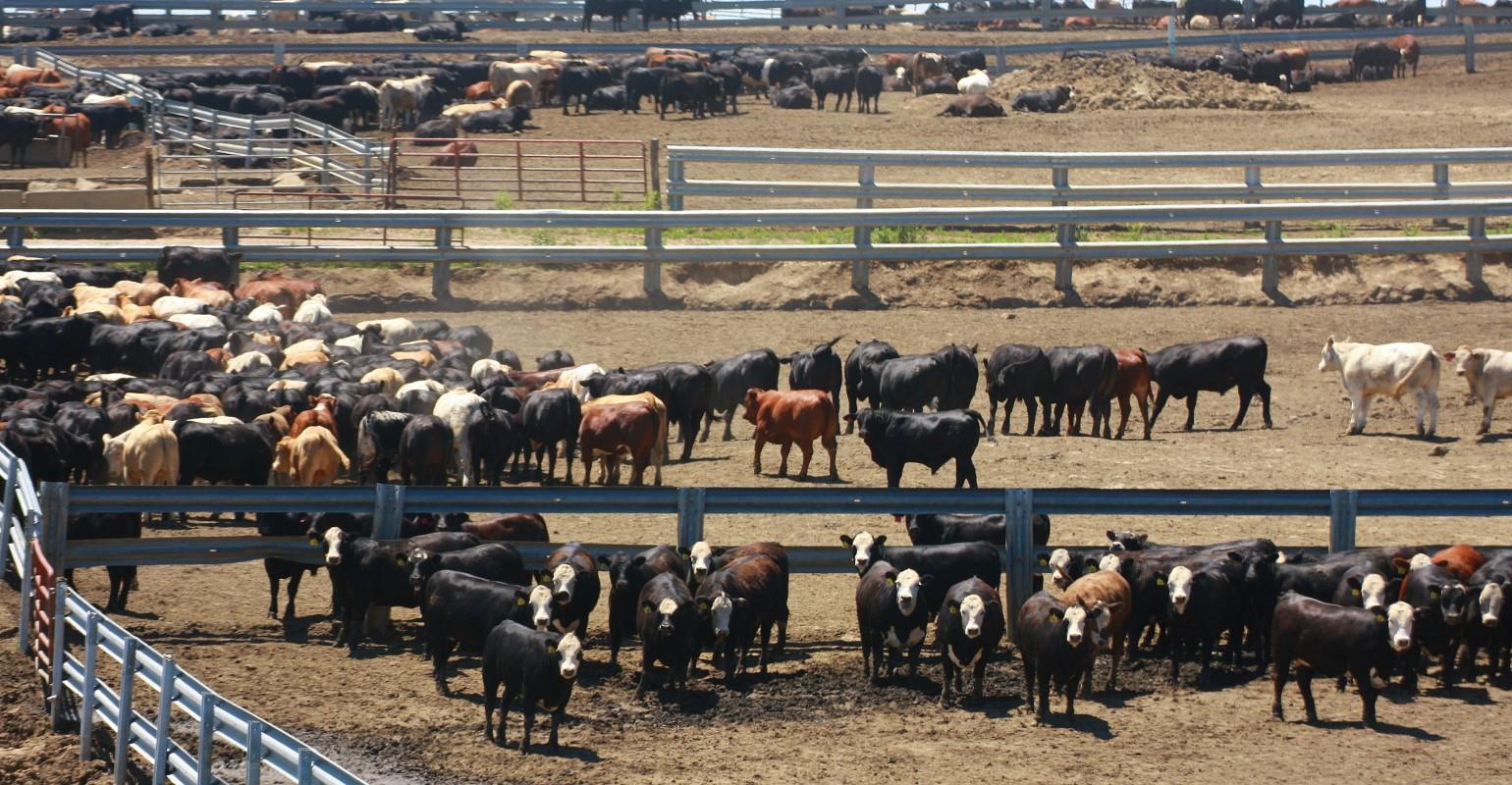Hitting the highest March inventory number since 1996, cattle and calves on feed for slaughter totaled 12.2 million in USDA's latest Cattle on Feed report.
Not only was this a high-water mark, but it was a 1% bump over 2021 levels. The numbers focused only on feedlots with a capacity of 1,000 head or more.
Most of those head were being held in just four states: Colorado (1.12 million head), Kansas (2.51 million head), Nebraska (2.69 million head) and Texas (2.94 million head).
The report shows that a majority of those cattle are in the 700-799-pound range with the next largest group being in the 800-899-pound range.
What might this all mean for pricing and timing as calving season is well underway? DTN Livestock Analyst Shayle Stewart says it's important to note that in this dynamic and evolving market there is only one thing driving this trend, and it's drought.Editor’s Take:
The true effect of more cattle in feedlots and eventually going to market will depend on how consumer demand reacts. Should demand continue to increase, even greater supply is unlikely to have much impact on lowering meat prices at the store. Only if demand decreases or remains stable should we see a decline in prices at the meat counter. Which scenario will play out – only time will tell!

